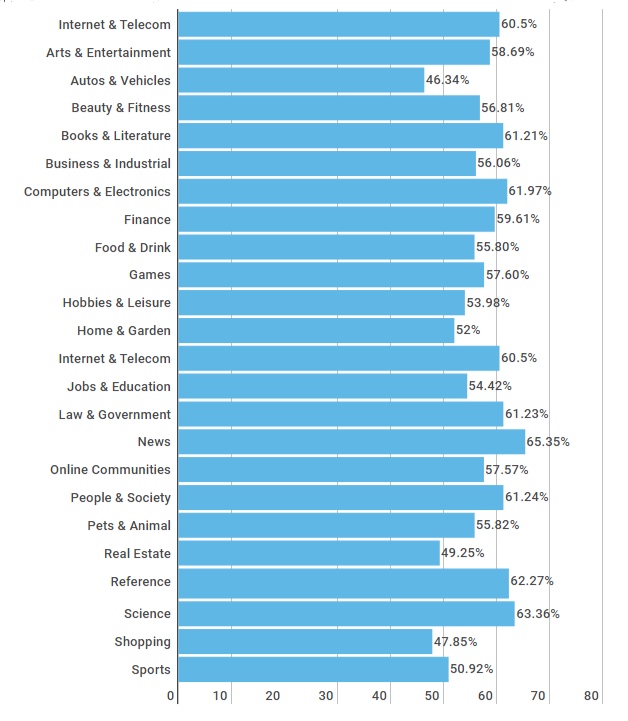The words you use have a direct impact on the actions people take. They’re the difference between someone looking at your advert and thinking “hmm, sounds interesting” and “wow, I’m going to give them a call right now.”
Needless to say, every single organization out there is striving for the latter.
Take a look at this line for example:
Start earning money today
Start making money today
Both deliver the same message, but the second is more impactful. Why? Because making money sounds simpler than earning it, and in a dog eat dog world where everything’s about maximizing profit - easily, that’s exactly what people are after.
Boosting your conversion rates really could be as simple as tweaking the odd word here and there, so, let today be the day you go through your website, offline collateral and online adverts and see where you could be making the most of stronger alternatives.
Words that create reassurance
If you want to convert a prospect into a customer you need to give them a reason to believe what you’re saying and trust what you’re selling. So, here are some words that incite just that:
Promise
Guarantee
Risk-free
Unconditional
Proven
Tried and tested
Protected
Words that create a sense of urgency
Whether you’ve got a promotion that’s due to expire or you just want to encourage your audience to buy now, these words will give them a nudge in the right direction. One thing worth mentioning though is not to over-use these kinds of words, if you do, over time, they’ll lose their effectiveness.
7. Now
8. Last chance
9. Flash sale
10. Call today
11. Quick
12. Expires
13. Soon
14. Immediately
15. Hurry
16. Ending
17. Going-fast
18. Limited
19. Last
20. Don’t miss out
Words that promote ease
People are busy. They don’t have time to faff around and they want products and services that make their life easier, so let them know yours does just that with words like:
21. Easy
22. Simple
23. No-fuss
24. Hassle-free
25. Smooth
26. Painless
27. Straight-forward
Words that invoke value
As a society, we’re a demanding bunch; we don’t just want ease, we want value for money and deals too. You can cater for all these needs with words like:
29. Bargain
30. Free
31. Discount
32. Freebie
33. Sale
34. Value
35. Save
36. Buy one, get one
37. Elite
38. Premium
39. Effective
40. Popular
41. Market-leading
42. Best-seller
Words that give off a personal touch
People aren’t naive. When you send out a promotional email they know they’re not the only one on the receiving end of it, but that doesn’t mean you can’t still make it personal. Here are a few words to achieve this:
43. Invite-only
44. Hand-crafted
45. Just for you
46. You told us
47. We thought you might like
48. Thank you
Words that offer exclusivity
It’s a time-old problem, people want what they can’t have. As soon as we know something’s off the table we want it more, and the same goes for the world of business. Make your products and/or services more desirable by saying things like:
49. Secret
50. Rare
51. Few
52. Limited edition
53. Unique
54. Select
55. One-off
56. One of a kind
57. Sought-after
Words that promote luxury
If you’re offering something lavish and your target market’s after the finer things in life, here’s how to up-sell what’s on your shelf:
58. State-of-the-art
59. Luxury
60. Finest
61. Delux
62. Plush
63. Magnificent
Words that inspire
Saying your service’s ‘really great’ is hardly inspiring, is it? You need attention-grabbing words that motivate people to want to take action, like:
64. Mind-blowing
65. Incredible
66. Remarkable
67. Life-changing
68. Amazing
69. The new way to…
70. The new you
Words that create curiosity
Finally, if you want to pique people’s interest, stop them in their tracks, and lure them into what you’re saying, start with:
71. Introducing
72. Coming soon
73. Did you know…
74. Discover
75. Stop
Hue & Tone Creative: Campaign experts
So you’ve got the promotional words you need, but do you know what to put before and after them to make your next campaign really work for you? No? Don’t worry, we can help with that. Get in touch at hannah@hueandtonecreative.com or (336) 365-8559 to see how.








































